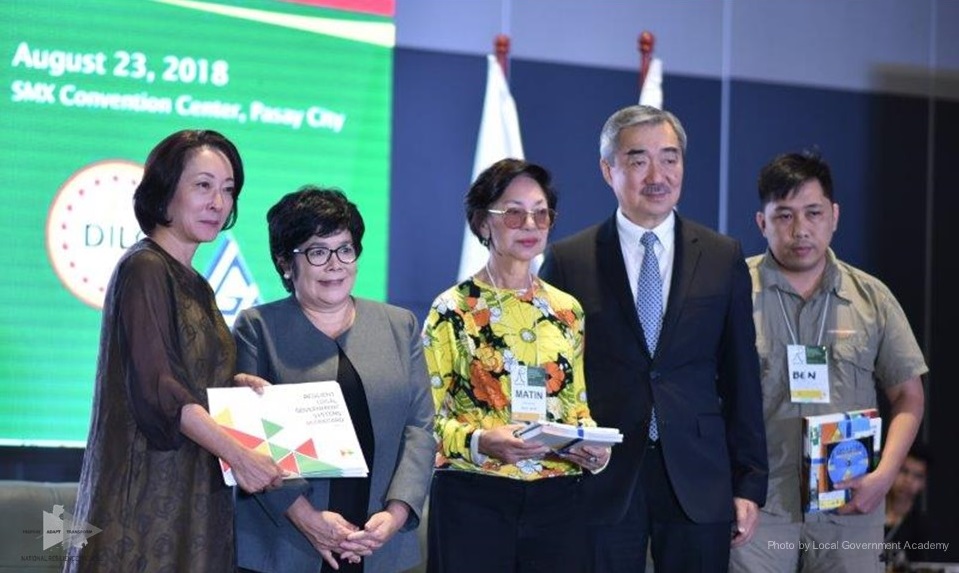Tag: Events
-

For resilience: NRC partners attend first phase of climate and disaster risk assessment course
From 8-12 October 2018, the National Resilience Council’s (NRC) eight partner local government units (LGUs) and six partner academic institutions participated in the 1st phase of the Climate and Disaster Risk Assessment (CDRA) Certificate Course for the NRC Resilient LGU Program. Held at the Manila Observatory (MO) in Quezon City, the 5-day event aimed to…
-

ARISE NRC SM Prime – Forum on Understanding Risk and Resilience
October 12, 2018SMX Convention Center Aura, Taguig City Photos by SM Prime
-

Highlighting resiliency: Zamboanga City a case study at 2018 Singapore conference
Talking about disasters, risks and resilience have become urgent in recent years. Different sectors are now compelled to take on their respective roles in preparing for and preventing disasters that may lie ahead anywhere in the world. At the recent Asia Risk and Resilience Conference that took place in Singapore from 29-31 August, Zamboanga City…
-

NRC launches scorecard at LGA resilience forum
On 23 August 2018, the National Resilience Council (NRC)—a science and technology-based, evidence-informed public-private partnership (PPP) promoting disaster resilience in the Philippines—launched its first version of the Resilient Local Government Systems Scorecard at the Resilience Marketplace for Innovation Forum (#ResiliencePH) held at the SMX Convention Center in Pasay City. Organized by the Local Government Academy…
-

Launch of the NRC Resilient Local Government Systems Scorecard
August 23, 2018SMX Convention Center, Pasay City Photos by the Local Government Academy and National Resilience Council
-

NRC partners attend international workshop on climate change adaptation and disaster risk reduction
From July 31 to August 3, around 38 representatives from 19 countries gathered at Jeju-do, South Korea for the four-day training-workshop on “Developing Capacities on Climate Change Adaptation and Disaster Risk Reduction in Asia-Pacific Region.” The workshop was organized by the United Nations Institute for Training and Research (UNITAR) affiliated International Training Centre for Authorities…